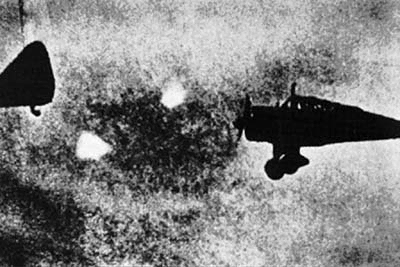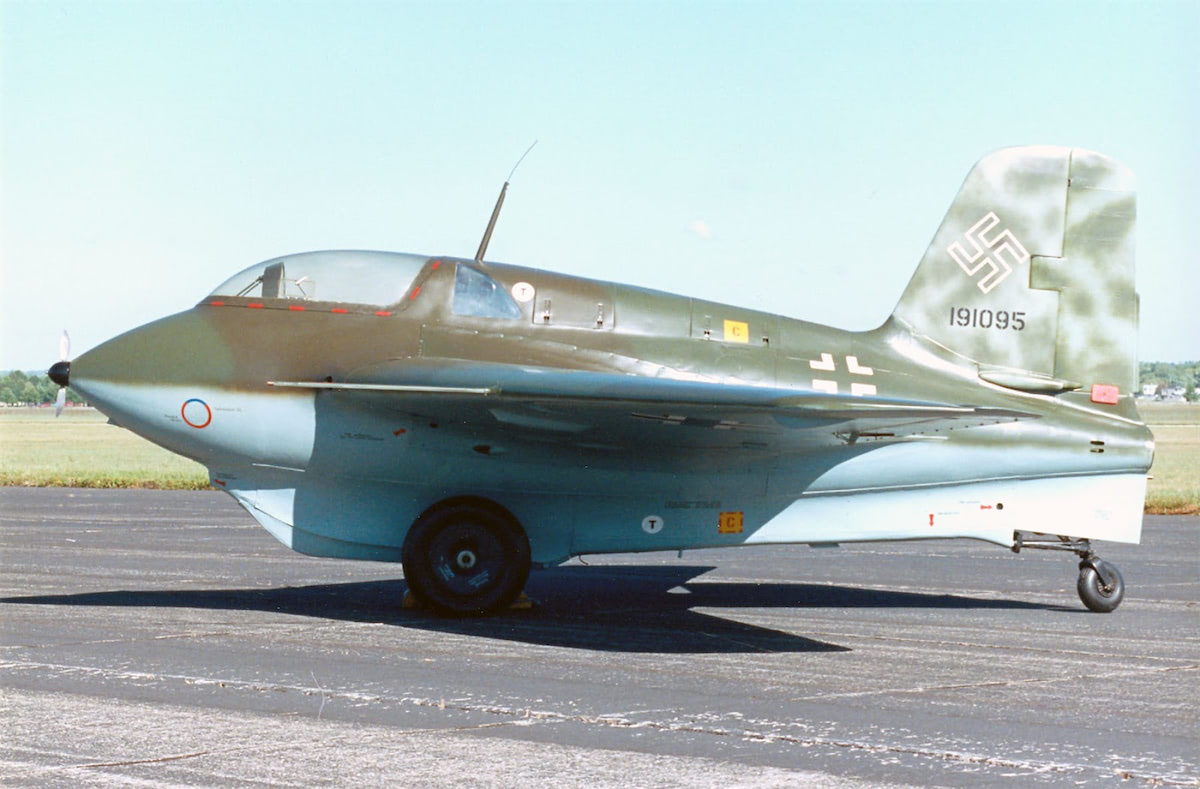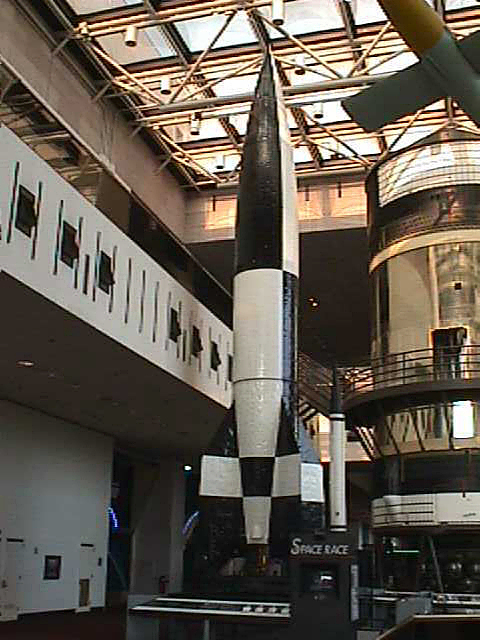
Summary
The term “Foo Fighter” was used by Allied aircraft pilots during World War II to describe a variety of UAPs over both the European and Pacific skies in areas of operations. Originally, the term Foo Fighter described a type of UAP that was reported and named by the U.S. 415th Night Fighter Squadron, but the term became a commonly used nickname for any UAP sighting during that era, and reports from November 1944 onwards presumed the UAPs to be secret weapons employed by the enemy.
Origins
Lieutenant Fred Ringwald was riding as an observer in a night fighter piloted by Lt. Ed Schlueter, with Lt. Donald J. Meiers on radar on a November evening in 1944 just north of Strasbourg on the French-German border. There were eight to 10 UAPs in a row that glowed a fiery orange, and appeared to chase them by using high-speed turns that baffled the pilots. The crew checked with Allied ground radar, but they registered nothing. Thinking that the lights might be some kind of German air weapon, Schlueter turned the plane to fight, but the lights vanished.
The term originated when “foo” was borrowed from language used in comic strips like “Smokey Stover.” Smokey Stover's catch-phrase was "where there's foo, there's fire". Ringwald said that Meiers was extremely agitated and had a copy of the comic strip tucked in his back pocket. He pulled it out and slammed it down on Ringwald's desk and said, "It was another one of those (expletive) foo fighters!" and stormed out of the debriefing room. In December 1944, press correspondent from the Associated Press Bob Wilson was sent to the 415th at their base outside of Dijon, France, to investigate this UAP story, and the term “Foo Fighters” being used by military witnesses. The story became front page news all over the world. Some outlets reported the Foo Fighters as secret German weapons of war.
History

Although Royal Air Force personnel had reported seeing lights following their aircraft from as early as March 1942 , American sightings were first recorded by crews from the 422nd Night-Fighter Squadron stationed in Occupied Belgium during the first week of October of 1944. These were incorrectly believed to be Messerschmitt Me 163 rocket-powered interceptors that did not operate at night. The bulk of the sightings started in the last week of November of 1944 when pilots flying over Western Europe reported seeing fast-moving round glowing, fiery objects of various colors following their aircraft during the night before mysteriously vanishing. Pilots and aircrew reported that the objects flew together in formation with their aircraft and behaved like they were under intelligent control. The UAPs became common enough to get another nickname in the European Theater of Operations where they were called "Kraut fireballs.” Further investigation revealed that German and Japanese pilots had reported similar sightings, which helped dispel the theory the Foo Fighters were of German tech origin. The Army Air Command sent officers to investigate, but their research was lost after the war
The 415th Night-Fighter Squadron's Intelligence Officer Ringwald, sent a report listing 14 separate incidents in December 1944 and early January 1945 to the intelligence section at XII Tactical Air Command, but failed to secure any answers or explanations. XII TAC requested assistance from their opposite numbers at Supreme Headquarters Allied Expeditionary Force (SHAEF), in Paris. SHAEF had no knowledge of the Foo Fighters, but asked if the British Air Ministry in London had any information. The Air Ministry's explanation was received on March 13, 1945:
Bomber Command crews have for some time been reporting similar phenomena. A few of the alleged aircraft may have been Me 262 and for the rest, flak rockets are suggested as the most likely explanation. The whole affair is still something of a mystery and the evidence is very sketchy and varied so that no definite and satisfactory explanation can yet be given. — Air Ministry DDI2 to A/C of S, A-2, SHAEF, 13 March 1945.

At the time, German rocket engineer Wernher von Braun helped the Nazis develop the V-2 rocket, which was a a long-range guided ballistic missile that Adolf Hitler was using in 1944 against Belgium and other parts of Allied Europe..The V-2 could even explain the glow since its tail emitted a long burning plume, which could be a possible explanation of what the foo fighters were.
The Robertson Panel arose from a recommendation to the Intelligence Advisory Committee (IAC) in December 1952 from a Central Intelligence Agency (CIA) review of the U.S. Air Force investigation into unidentified flying objects like Project Blue Book. After the war, the Robertson Panel explored the Foo Fighter cases, and looked at possible explanations of electrostatic phenomena similar to St. Elmo's fire, electromagnetic phenomena, or simply reflections of light from ice crystals. The Robertson Panel had no official conclusion to what the Foo Fighters were.
Foo Fighter Sightings
Army Air Major William D. Leet, December 1944: "My B-17 crew and I were kept company by a 'foo-fighter,' a small disc, all the way from Klagenfurt Austria, to the Adriatic Sea. This occurred on a 'lone wolf' mission at night, as I recall, in December 1944..." Leet noted that the intelligence officer that debriefed him and his crew "stated that it was a new German fighter, but could not explain why it did not fire at us, or if it was reporting our heading, altitude and airspeed, why we did not receive anti-aircraft fire."
October 13, 1944: An RAF crew from No.178 Squadron based in Italy reported lights following their aircraft over Hungary. They were followed by an intermittent red light for several minutes. The same squadron had started reporting numerous similar instances as early as April 1944. The sightings for this squadron would continue throughout the remainder of 1944 and into 1945.
Senator Ted Stevens: The Senator described an encounter from the time he was a US Air Force fighter pilot in the European Theater of World War II. Senator Harry Reid recounted Stevens' incident: "I was flying and there was an object next to me. I couldn’t get rid of it, I slowed up, it was there. I sped up, it was there. I would dive, it would be there. I called nothing on radar.”